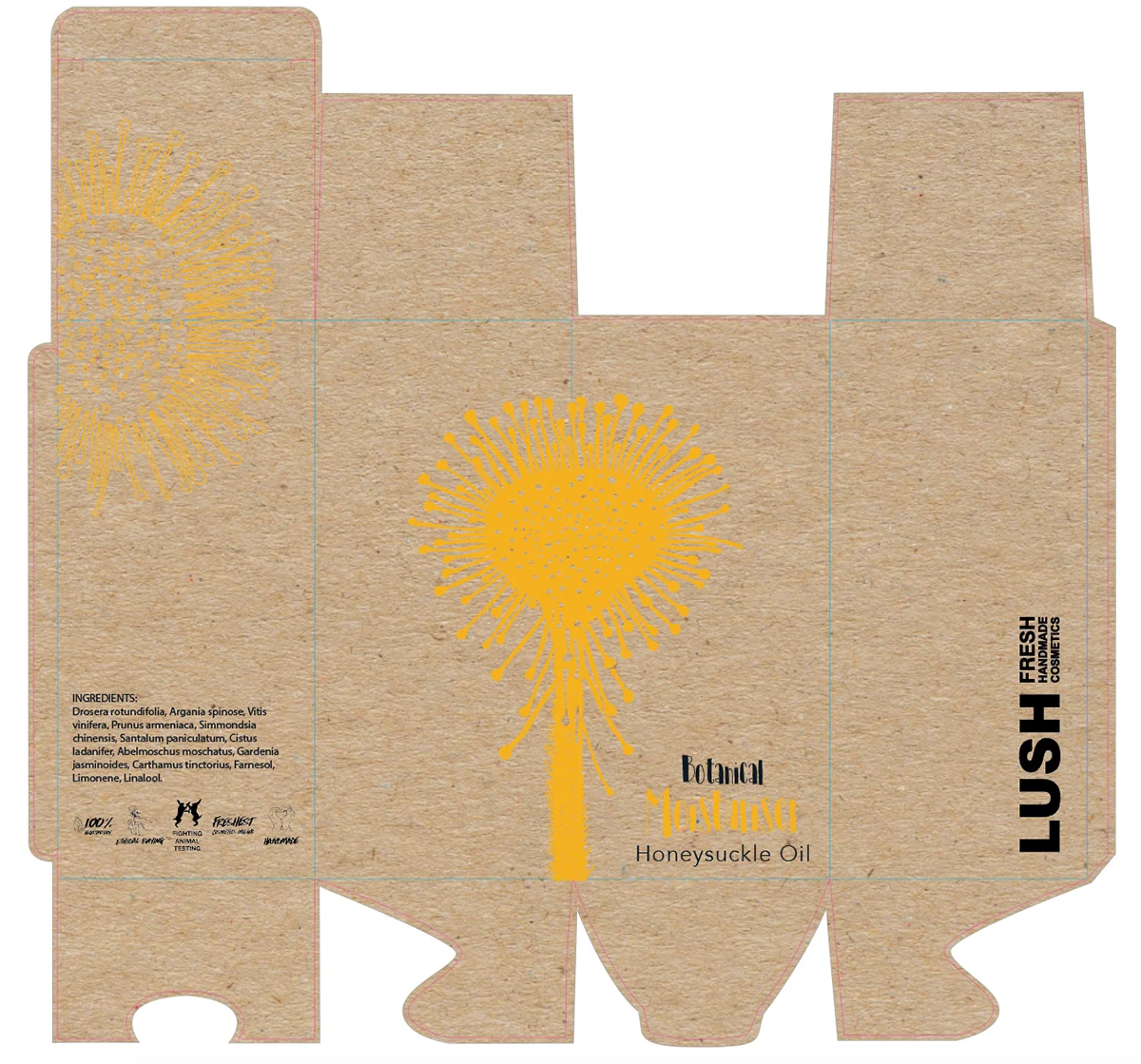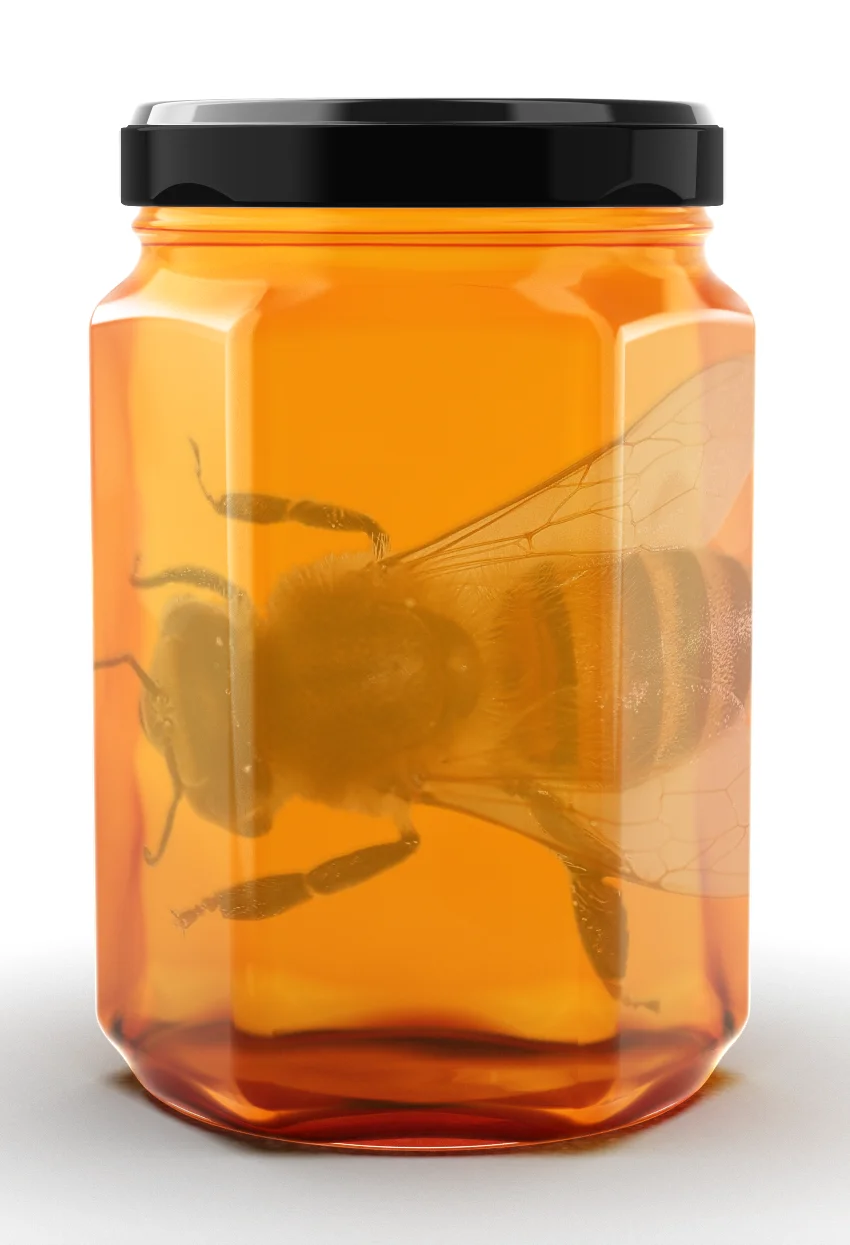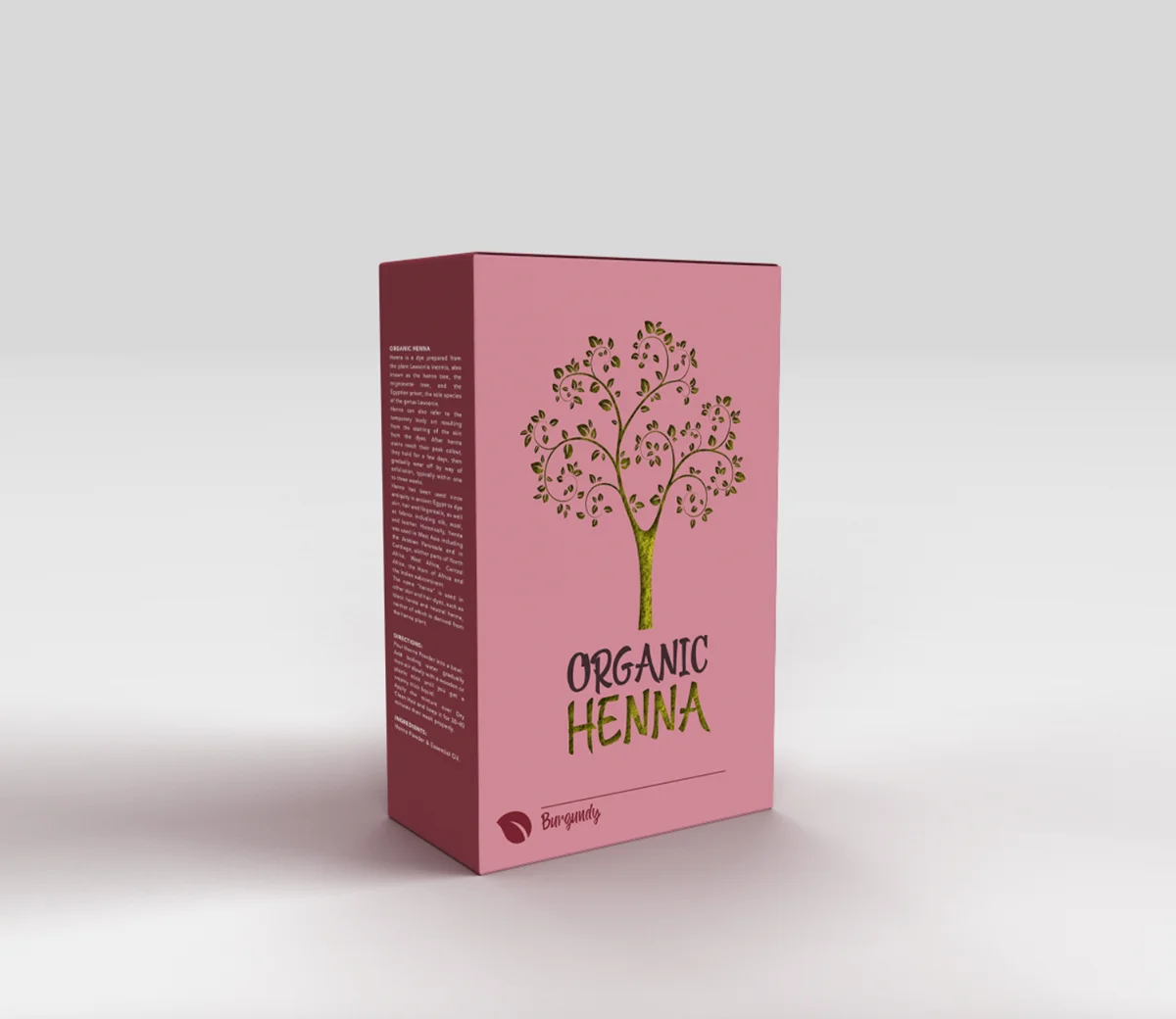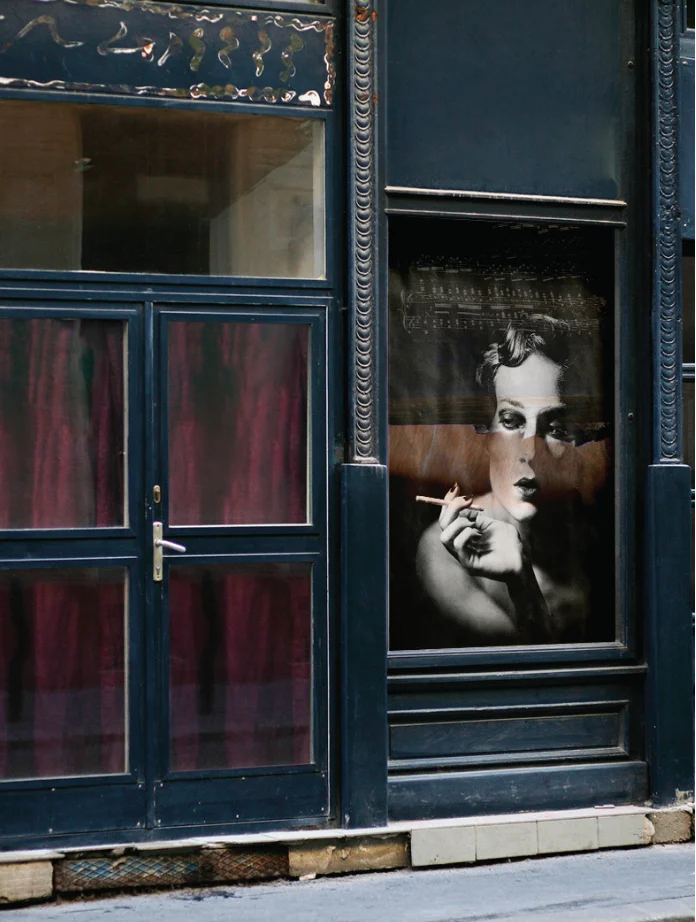
PACKAGE DESIGN
Graphic Design
ORGANIC COSMETICS
This collection comprises of designs made for natural cosmetics. Both label and the box were designed to give an organic impression. Packaging is reusable and recyclable. The image of the plant was created from a linocut imprinted on a fiber based fine art paper with use of a traditional printing press. The print was digitised and utilised on the labels and boxes.
HONEY
Honey is a sweet, viscous food substance made by honey bees and some related insects, such as stingless bees. Bees produce honey from the sugary secretions of plants (floral nectar) or from secretions of other insects (such as honeydew), by regurgitation, enzymatic activity, and water evaporation. Honey bees store honey in wax structures called honeycombs, whereas stingless bees store honey in pots made of wax and resin. The variety of honey produced by honey bees (the genus Apis) is the best-known, due to its worldwide commercial production and human consumption. Honey is collected from wild bee colonies, or from hives of domesticated bees, a practice known as beekeeping or apiculture.
ORGANIC HENNA
Henna is a dye prepared from the plant Lawsonia inermis, also known as the henna tree, the mignonette tree, and the Egyptian privet, the sole species of the genus Lawsonia. Henna can also refer to the temporary body art resulting from the staining of the skin from the dyes. After henna stains reach their peak colour, they hold for a few days, then gradually wear off by way of exfoliation, typically within one to three weeks. Henna has been used since antiquity in ancient Egypt to dye skin, hair and fingernails, as well as fabrics including silk, wool, and leather. Historically, henna was used in West Asia including the Arabian Peninsula and in Carthage, other parts of North Africa, West Africa, Central Africa, the Horn of Africa and the Indian subcontinent.


























